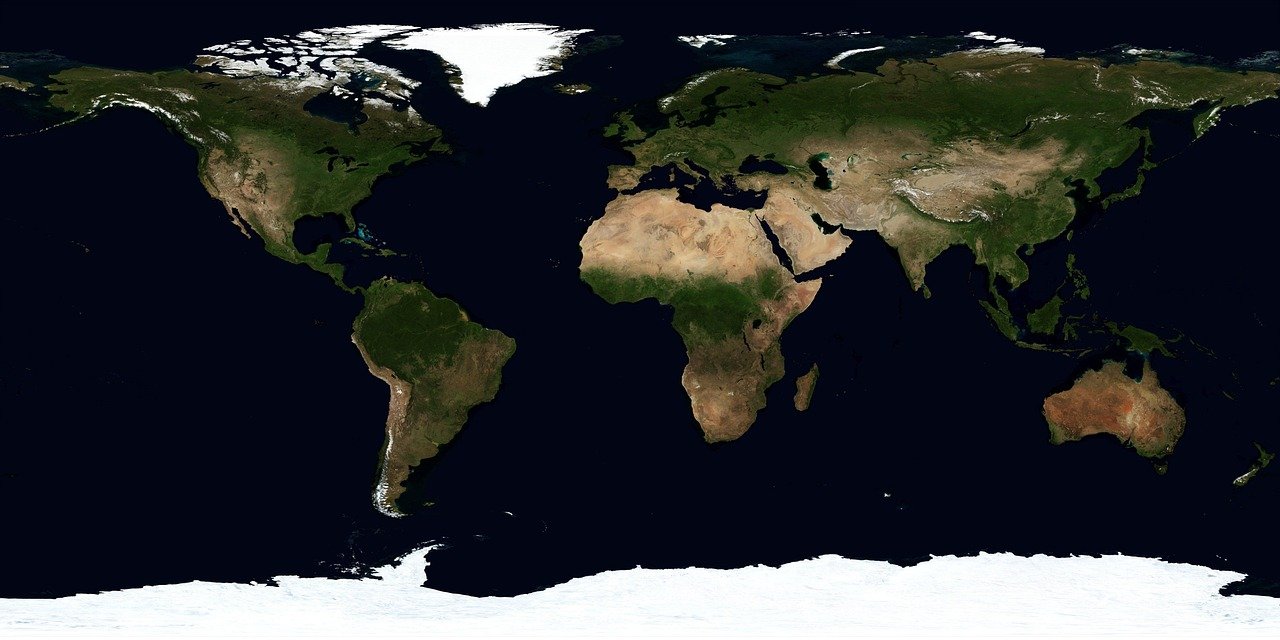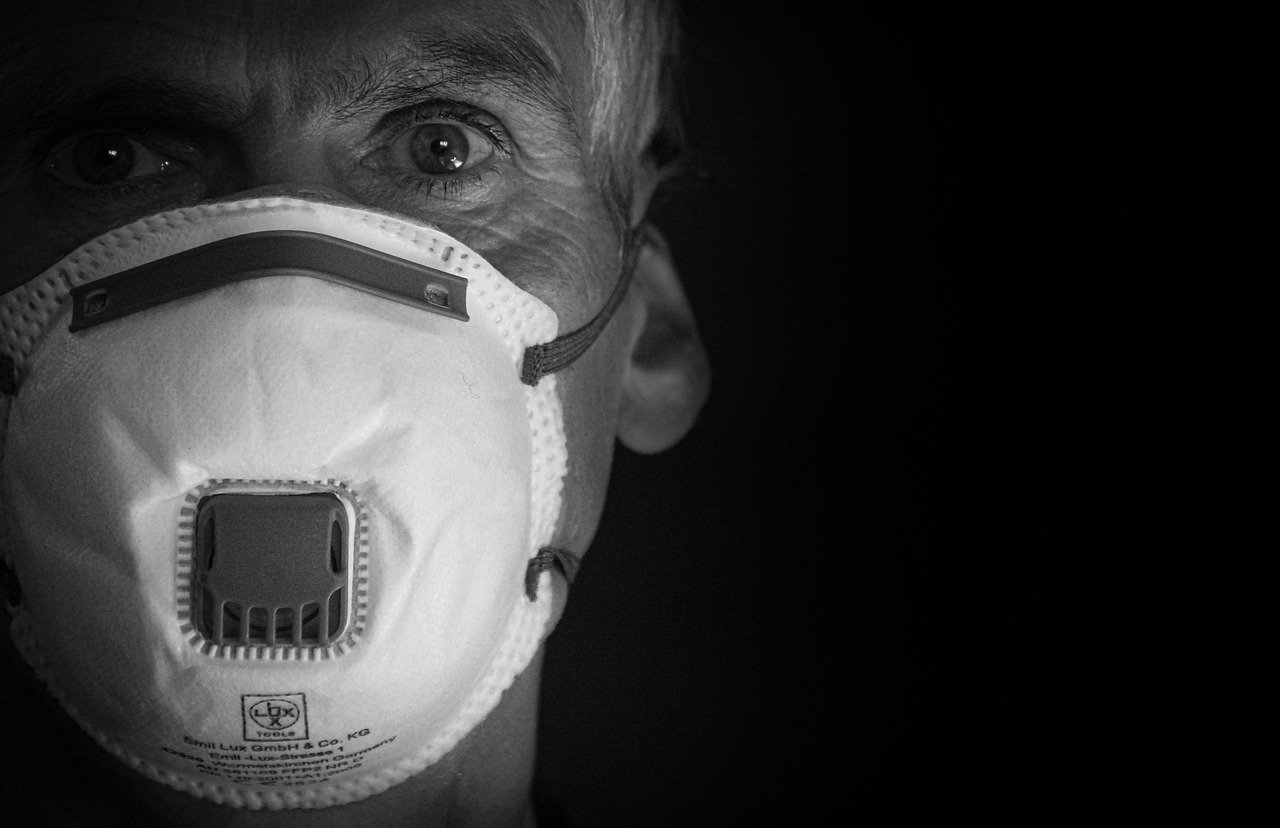Have you ever wondered how the brightest minds could be so sure—and so wrong—about the world around us? History is packed with once-unshakable scientific ideas that now make us shake our heads in disbelief. From fiery invisible fluids to flat Earths, these theories weren’t just fringe beliefs. They shaped medicine, astronomy, and even our daily lives for centuries. Let’s take a wild ride through ten scientific theories that were once celebrated and are now, quite spectacularly, in the dustbin of history.
Geocentric Model (Earth as the Center of the Universe)
For centuries, people gazed up at the sky and imagined the entire universe spinning around our humble planet. The geocentric model, championed by Aristotle and Ptolemy, placed Earth at the very center of everything. Planets, stars, even the Sun were thought to dance around us like actors on a cosmic stage. This idea wasn’t just popular—it was dogma. Anyone who challenged it risked ridicule or even punishment. But then came Copernicus, Galileo, and Kepler, who turned the universe inside out. Their groundbreaking observations and the invention of the telescope revealed that Earth is just one planet among many, orbiting the Sun. It’s almost funny now to think how small and special we thought we were, but this shift changed everything—from navigation to our sense of place in the cosmos.
Phlogiston Theory (Explaining Combustion)
Imagine believing that everything flammable was filled with a mysterious substance called phlogiston. Scientists in the 17th and 18th centuries seriously thought that when things burned, they released phlogiston into the air. Wood, candles, even metals—burning was just phlogiston escaping. This idea became so accepted that it influenced chemistry for generations. But then came Antoine Lavoisier, who performed careful experiments and discovered oxygen’s crucial role in combustion. He showed that burning isn’t about losing phlogiston, but about chemical reactions with oxygen. The phlogiston theory crumbled, and modern chemistry was born. Looking back, it’s a reminder of how even smart people can get tangled up in invisible explanations.
Spontaneous Generation (Life from Non-Life)
The belief in spontaneous generation was both comforting and bizarre: life could just pop into existence from non-living matter. Maggots from rotting meat, mice from piles of grain, even frogs from mud—these ideas were accepted truths for centuries. It seemed to explain the sudden appearance of life in unexpected places. But experiments by Francesco Redi and, later, Louis Pasteur flipped the script. Pasteur’s famous broth experiments proved that life only comes from other life, not from thin air. His work didn’t just debunk a theory; it laid the foundation for microbiology and changed how we fight disease. It’s wild to realize how long humanity clung to the idea that life could just materialize out of nothing.
Luminiferous Aether (Medium for Light Waves)
Before the 20th century, scientists were certain that light—like sound—needed something to travel through. They called it “luminiferous aether,” a mysterious, invisible substance filling all of space. The aether was everywhere, undetectable yet absolutely necessary in their minds. But then came the Michelson-Morley experiment, which searched for this aether and found nothing. Einstein sealed the deal with his theory of relativity, showing that light travels perfectly fine without any medium at all. The aether vanished from physics, taking with it an entire chapter of scientific certainty. It’s almost poetic: a theory built on “nothing” was, in the end, nothing at all.
Flat Earth Theory

The idea that Earth is flat sounds laughable now, but it once held real sway. Ancient cultures and even some medieval thinkers pictured the world as a flat disc, with edges you could possibly fall off. This wasn’t just a fringe notion; it influenced maps, navigation, and even religious beliefs. But observations of ships disappearing over the horizon, lunar eclipses, and, later, satellite images completely shattered the flat Earth myth. Today, the roundness of our planet is a bedrock fact, essential for modern travel and space exploration. Still, it’s a powerful reminder of how people can cling to simple, intuitive (and totally wrong) answers in a complicated world.
Static Universe Theory (Universe is Eternal & Unchanging)
Imagine a universe that never changes—a vast, eternal, and perfectly still cosmos. For a long time, this was the accepted view among scientists, including Albert Einstein himself. The static universe theory suggested that the stars and galaxies were forever fixed in place. But when Edwin Hubble observed distant galaxies, he found they were speeding away from us, proving the universe is expanding. The Big Bang theory soon followed, upending the idea of an eternal, unchanging universe. This revelation not only changed cosmology but also our understanding of time, history, and our place in the universe. It’s awe-inspiring to think that, for so long, we missed the universe’s grandest drama: its constant evolution.
Vitalism (Life Requires a “Vital Force”)
For centuries, scientists and philosophers believed that living things possessed a mysterious “vital force” that separated them from non-living matter. This force, called vitalism, was thought to be beyond the reach of chemistry or physics. No matter how much we learned about cells or molecules, life itself remained a magical mystery. But as biochemistry advanced, researchers discovered that all life processes could be explained by chemical reactions and physical laws. The vital force faded into myth, replaced by DNA, enzymes, and metabolic pathways. Today, the idea of vitalism seems almost mystical, a ghost from a time before microscopes could reveal the secrets of living cells.
Miasma Theory (Disease from “Bad Air”)

Once upon a time, people thought diseases like cholera and the plague were caused by foul, poisonous air—“miasma.” Doctors and city planners tried to combat illness by cleaning up smells, draining swamps, and airing out rooms. Miasma theory was so influential that it shaped urban design and public health policies for decades. But then came the germ theory, championed by Louis Pasteur and Robert Koch, which revealed that tiny, invisible microbes—not bad smells—were the true culprits. This shift revolutionized medicine, giving us vaccines, antibiotics, and sterile surgery. It’s almost chilling to think that, for so long, people fought disease with scented handkerchiefs instead of soap and clean water.
Four Humors (Health Based on Bodily Fluids)

Ancient doctors once believed our health depended on the delicate balance of four bodily fluids: blood, phlegm, black bile, and yellow bile. This “four humors” theory, rooted in Greek medicine, dominated Western healthcare for centuries. Treatments like bloodletting, purging, and bizarre diets all aimed to restore this mystical balance. But as anatomy and physiology advanced, scientists realized that diseases were caused by infections, genetics, and other real-world factors—not moody fluids sloshing around inside us. The four humors gave way to the age of evidence-based medicine, but their legacy lingers in some old sayings and folk remedies. It’s a powerful reminder of how far medicine has come—and how much we still have to learn.
Caloric Theory (Heat as a Fluid)
Before the age of thermodynamics, heat was thought to be a weightless, invisible fluid called “caloric.” When something got hot, it was believed to be filled with caloric, and when it cooled, the caloric flowed out. This idea explained heating and cooling for a while, but it couldn’t account for all the facts. Scientists like James Joule showed that heat is actually a form of energy, not a substance at all. The caloric theory evaporated, and the science of energy took its place. Today, we understand heat in terms of atoms and energy transfer, but it’s fascinating to remember how people once imagined warmth as a kind of magical liquid.
What’s the wildest theory on this list that surprised you the most?


